
Celebrate International Coffee Day this October 1st with 5 different coffee-based spirits.
Get your caffeine fix and celebrate in style with these stunning bottles and cocktails. From Rum and vodka to a range of liqueurs, there’s a coffee spirit for every type of drinker.

Kōloa Kaua’i Coffee Rum
Kōloa Kaua’i Coffee Rum
Raw cane sugar and filtered water from Mount Waiʻaleʻale are combined in a steam powered copper pot still for this intensely rich rum. With an intensely rich espresso flavor, the rum is easy to drink neat or on the rocks and makes for truly dynamic cocktails. A slightly lower ABV allows for complex flavors of robust espresso coffee followed by light vanilla and hints of chocolate.

Hawaiian White Russian
Hawaiian White Russian
Recipe and photo by Shanna Schad
Ingredients:
- 1 oz. Vodka
- 2 oz. Kōloa Kaua’i Coffee Rum
- 1 oz. Coconut Milk (canned or carton)
- 1 tsp Simple Syrup
- Coconut Flakes
Preparation: Fill a rocks glass with ice and layer in the ingredients starting with vodka, ending with coconut milk. If a sweeter cocktail is desired add the simple syrup with the vodka. Top with a sprinkling of coconut flakes. Shake or stir if desired.

Mozart Chocolate Coffee
Mozart Chocolate Coffee
Just in time for International Coffee Day, Mozart debuts a new member to its collection of chocolate liqueurs with Coffee! This well-balanced spirit uses a blend of finest cocoa beans, Belgian chocolate, and Arabica coffee for a full-bodied and creamy spirit with notes of chocolate, mocha, vanilla, and red orange.

Chocolate Mocca Magic
Chocolate Mocca Magic
Ingredients
- 1 2/3 oz. Mozart Chocolate Coffee
- 6 oz. Whole Milk
- 2/3 oz. Caramel Syrup
- 3 tbsp. Vanilla Ice Cream
- 1 tbsp. Almond Cream
Preparation: Put all the ingredients into a blender and mix well. Strain the choctail into a large glass jar. Top with whipped cream and garnish with toffee candy, coffee beans with chocolate coating and almond cookie crumbles. Top it all with almond cookies. For Garnish: whipped cream, toffee candy, roasted coffee beans with chocolate coating, and an almond cookie and almond cookie crumbles.

Bepi Tosolini Expré Coffee Liqueur
Bepi Tosolini Expré Coffee Liqueur
Distilled from a rich Arabica coffee bean blend, this all-natural spirit has no artificial aromas, preservatives or coloring. It’s delicious served neat, chilled, and in cocktails. The full-bodied espresso liqueur has a rounded flavor with notes of soft vanilla and caramel with a persistent and delicate aftertaste.

Espresso Martini
Espresso Martini
Ingredients
- 1 part Tosolini Expré Coffee Espresso Liqueur
- 1 part Half & Half
- 1 dash of Melted Caramel
Preparation: Put all ingredients into a shaker, shake well. Pour into martini glass and garnish with caramel drizzle and chocolate shavings.

Big Five Cafecito Rum
Big Five Cafecito Rum
Delightfully bitter espresso is balanced with a hint of sweetness in this complex and delightful Florida-made rum. Cinnamon and coffee play on the nose while candied coffee bean, dark chocolate, tobacco, caramel, créme brulee, and nutty almond on the palate.

Cafecito Pumpkin Spiced Cold Brew
Cafecito Pumpkin Spiced Cold Brew
Ingredients
- 1 oz. Big Five Cafecito Rum
- 4 oz. Cold Brew Coffee
- 1/8 cup Whole Milk
- 1/8 cup Cream
- 1 1/2 tsp Pumpkin Syrup
- Pumpkin Pie Spice
Preparation: Combine Cafecito and Coffee in a cup with Ice. Froth together milk, cream, and pumpkin syrup in a separate cup, then pour over iced coffee and Cafecito. Sprinkle Pumpkin Pie Spice on top, and you’re ready to go!

Van Gogh Espresso Vodka
Van Gogh Espresso Vodka
The Van Gogh Vodka line carries two styles of delightful, award-winning espresso vodka. This expression is created using high-quality Columbian beans for a bittersweet coffee flavor with hints of citrus and a smooth cocoa finish. What we like about this clear espresso vodka is that it is incredibly versatile and a fantastic base to play and explore with.

Van Gogh Adult Mocha
Adult Mocha
Ingredients
- 2 oz. Van Gogh Espresso Vodka
- 1 oz. milk
- 1 pinch cocoa powder
- 1 pinch raw sugar
Preparation: Enjoy Cold – Add all ingredients to a mixing glass with ice and shake vigorously. Pour into a rocks glass. Garnish with raspberries. Enjoy Hot – Heat milk. Add all ingredients to a mug and stir. Garnish with cocoa powder.
The post 5 Coffee Spirits To Celebrate International Coffee Day appeared first on Chilled Magazine.
Source: Mixology News





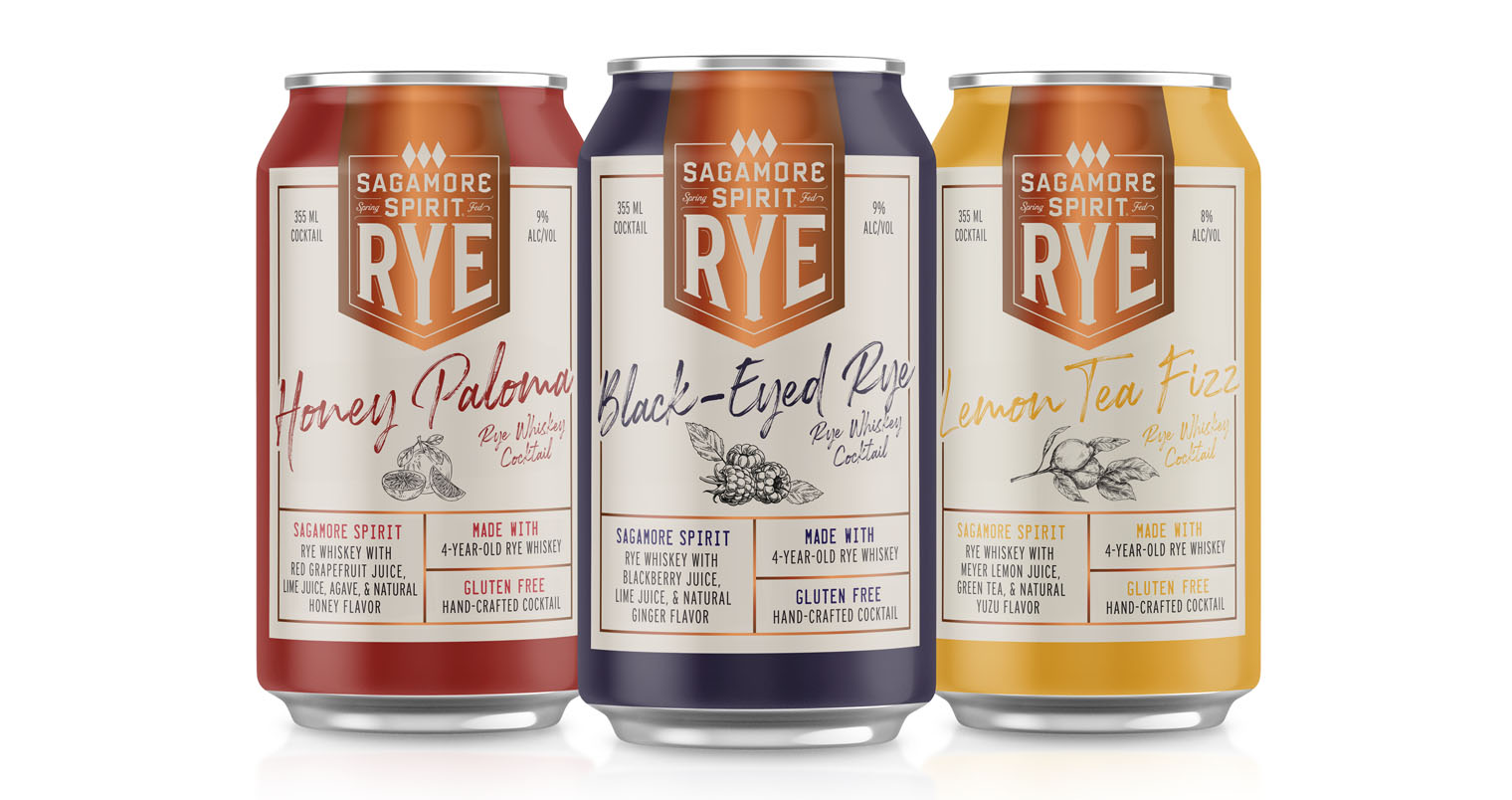

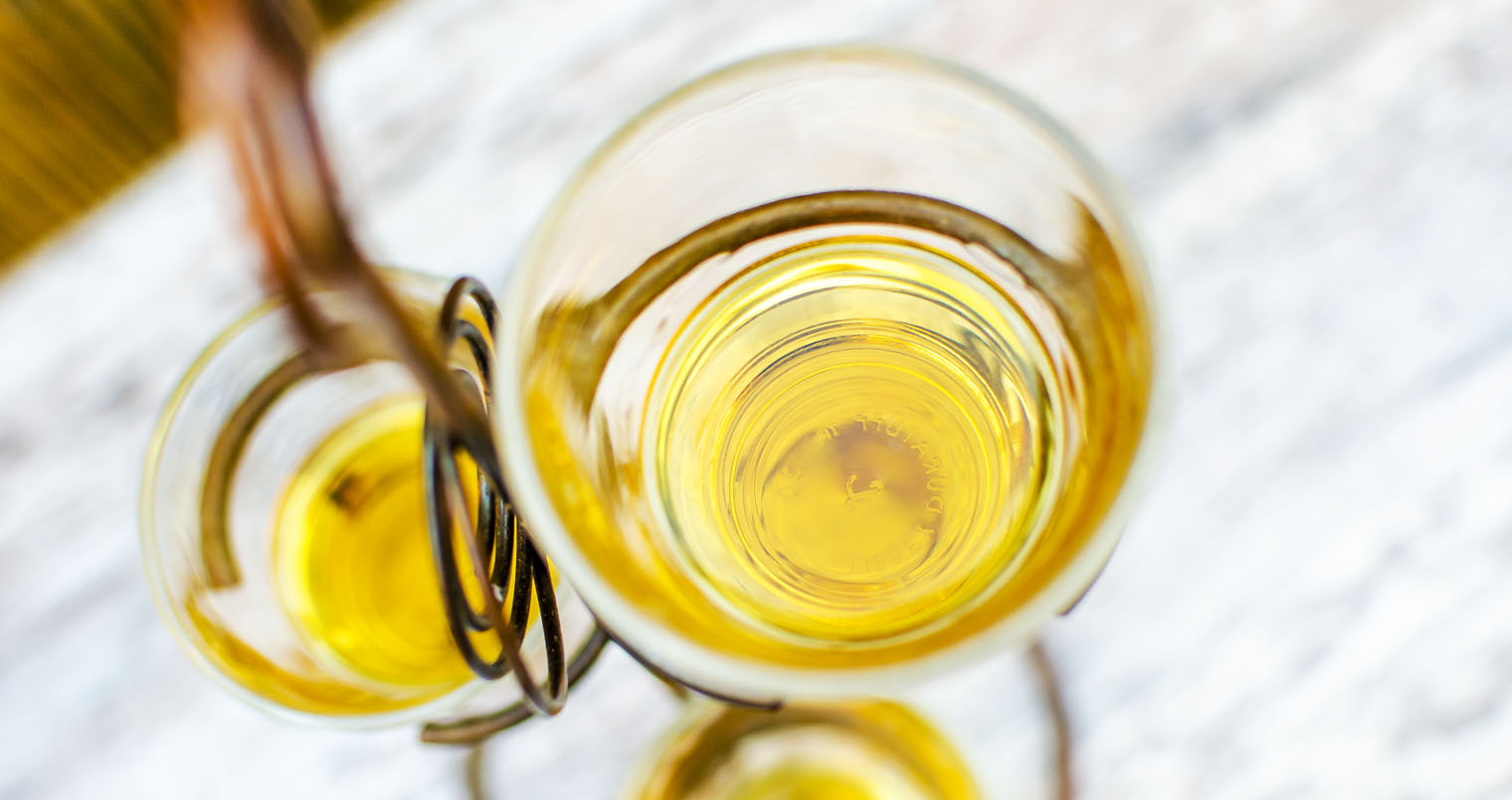






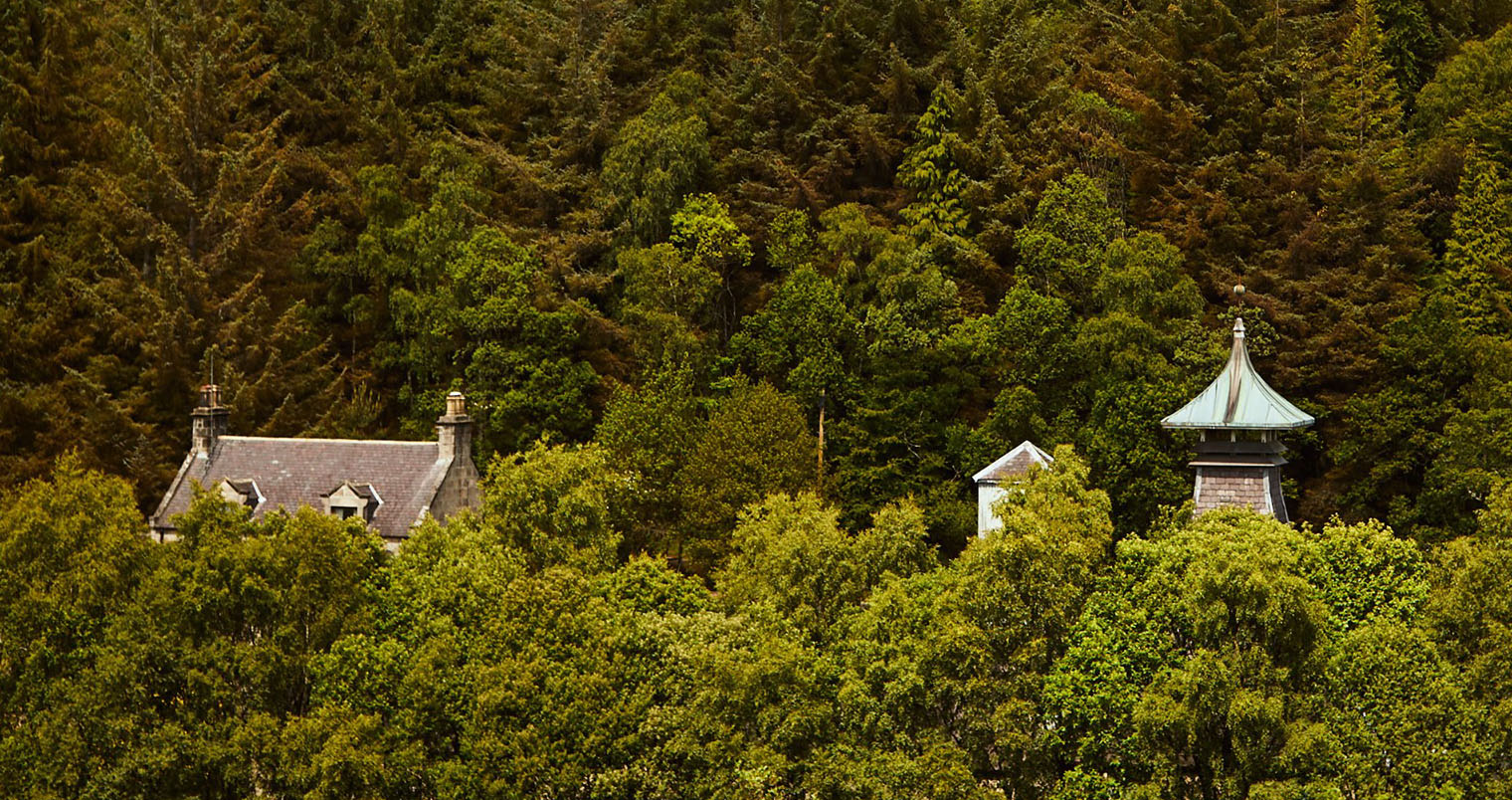




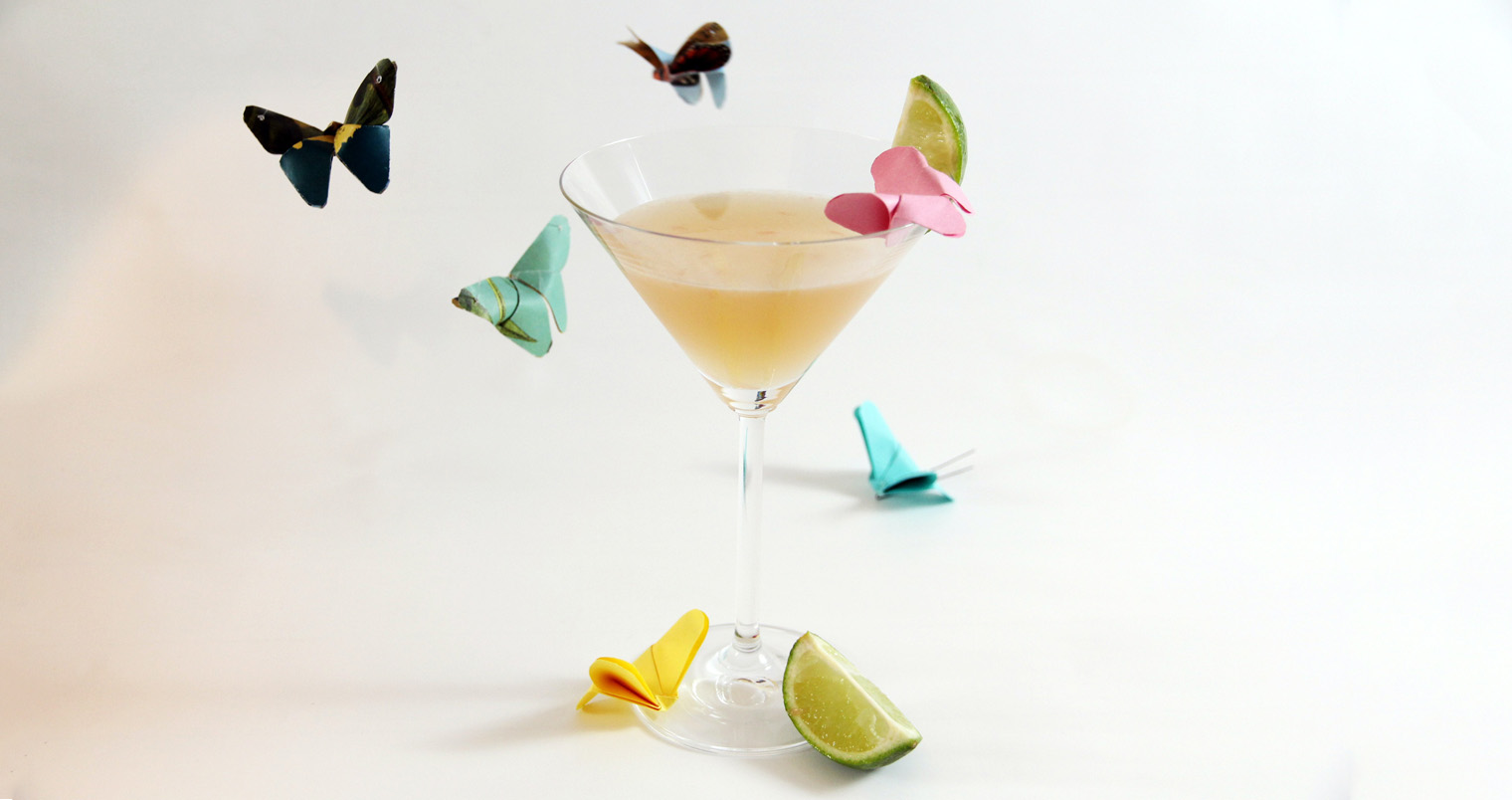



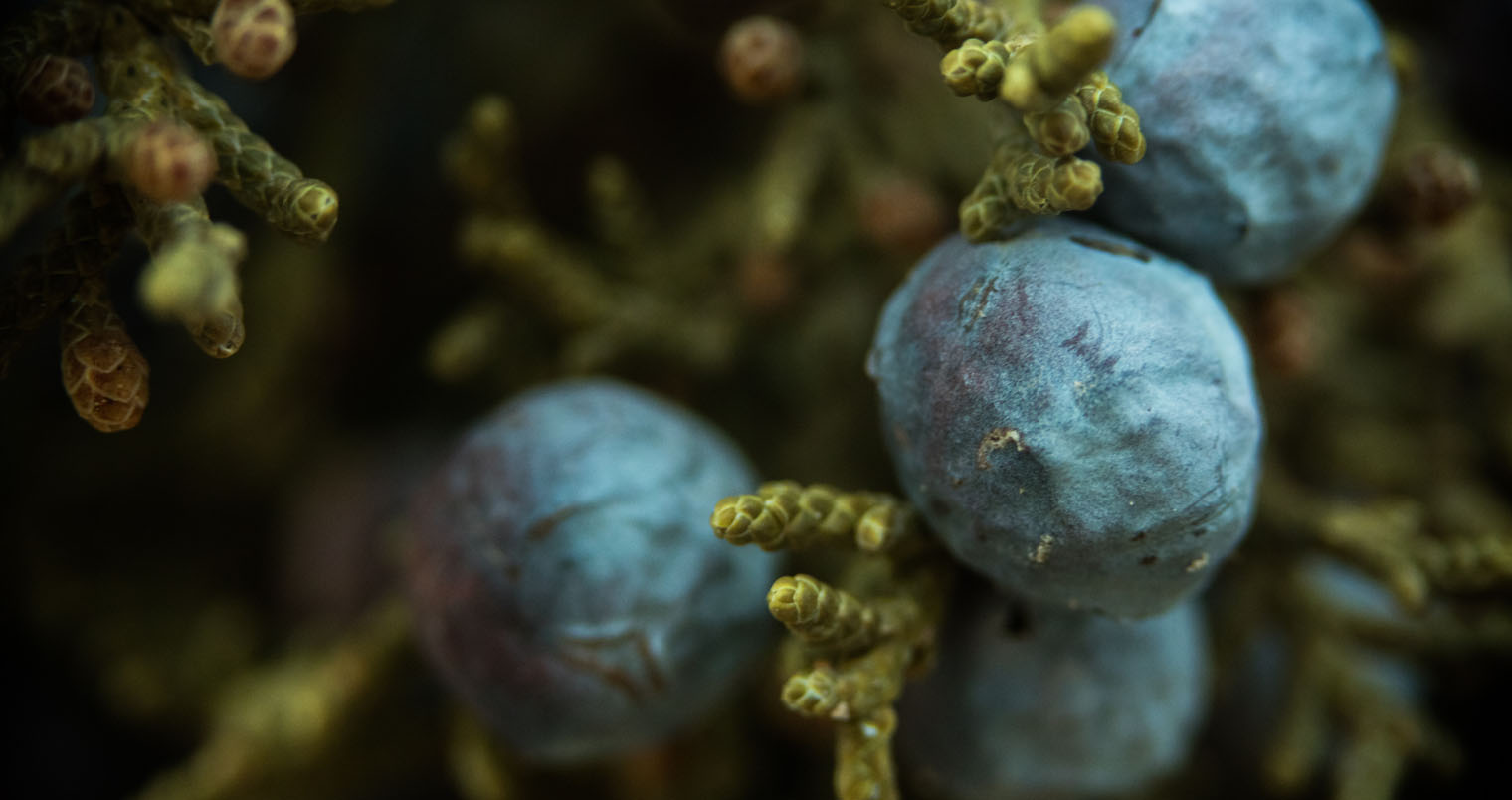



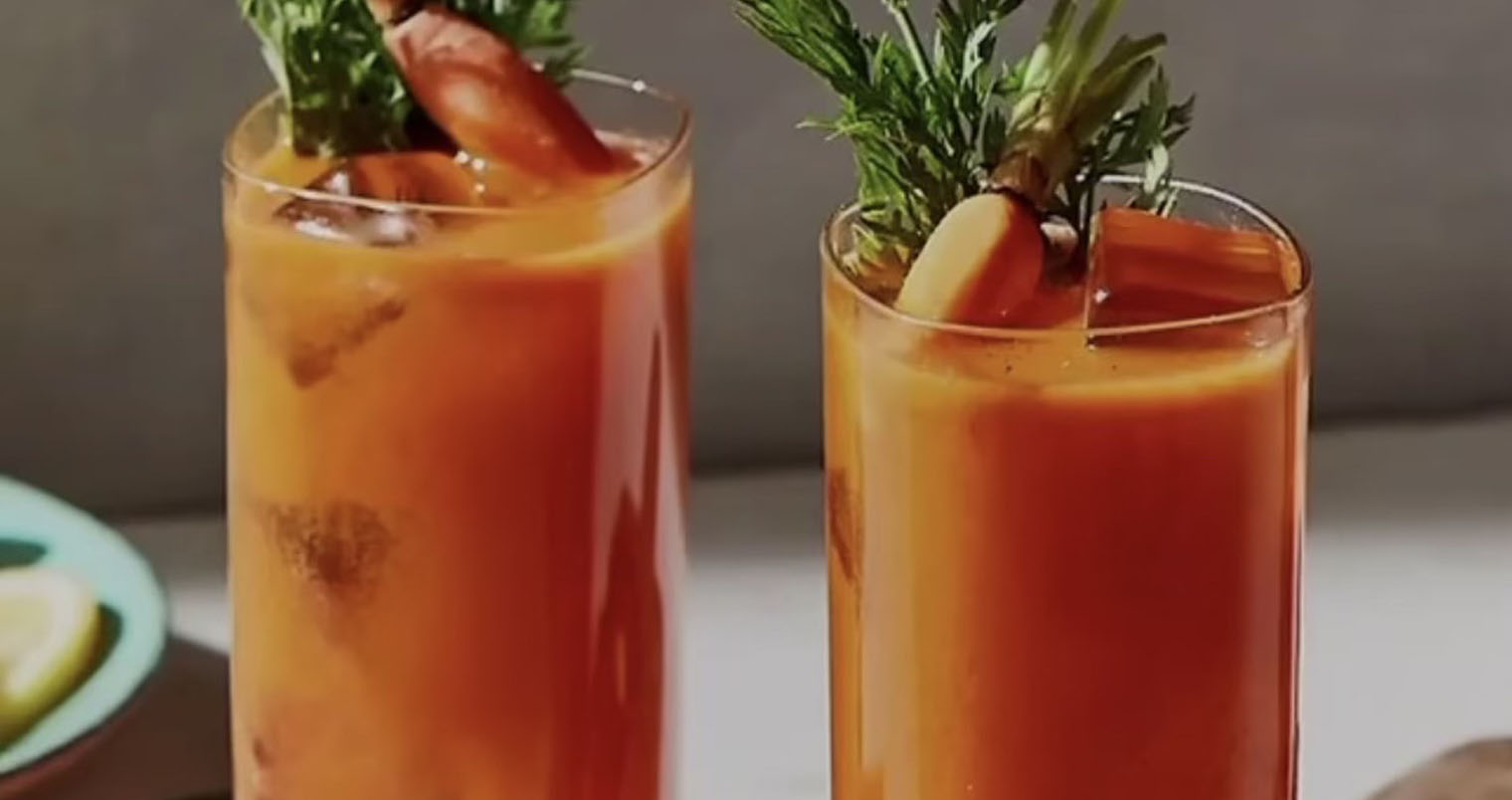


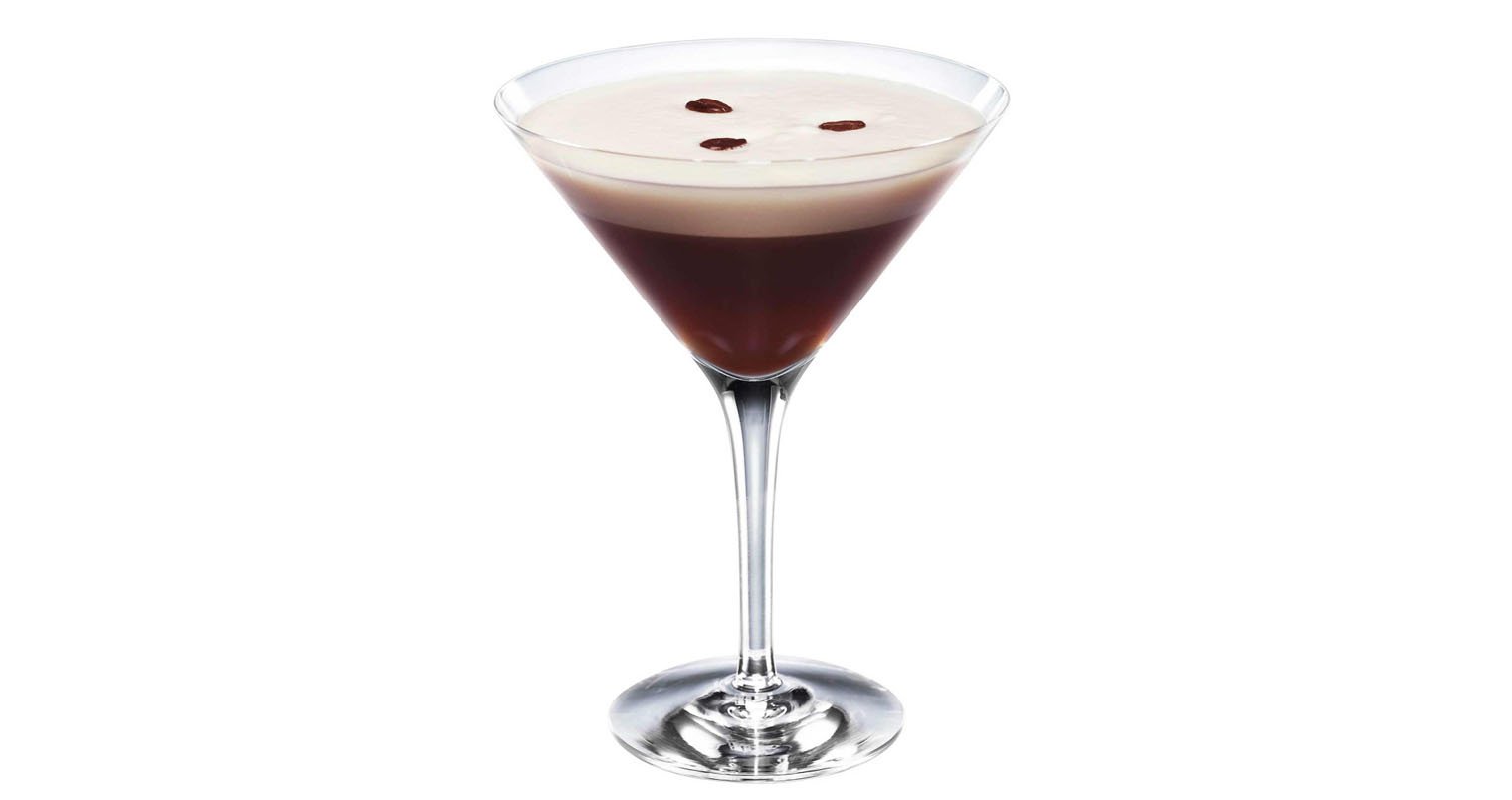




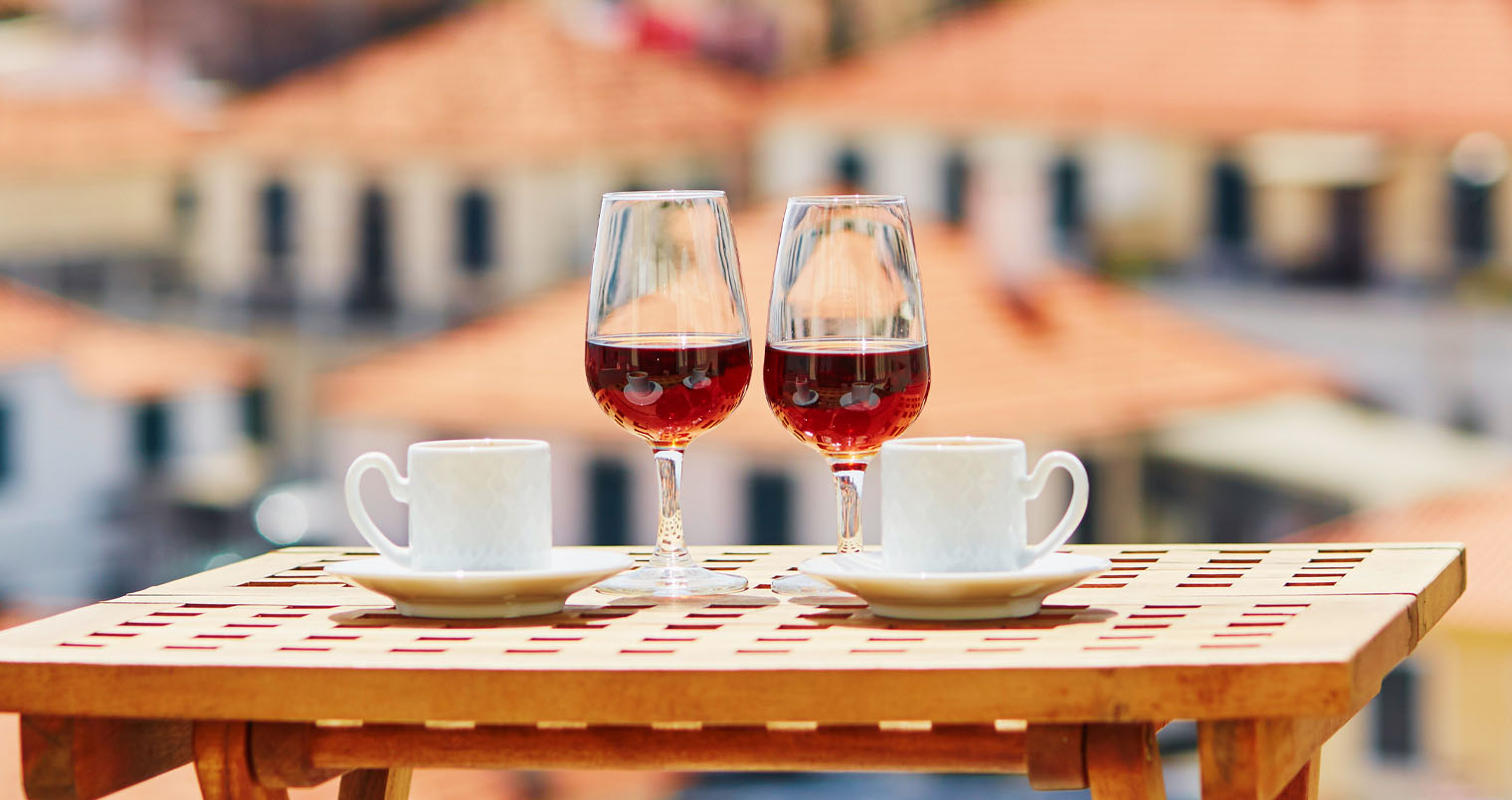




Recent Comments